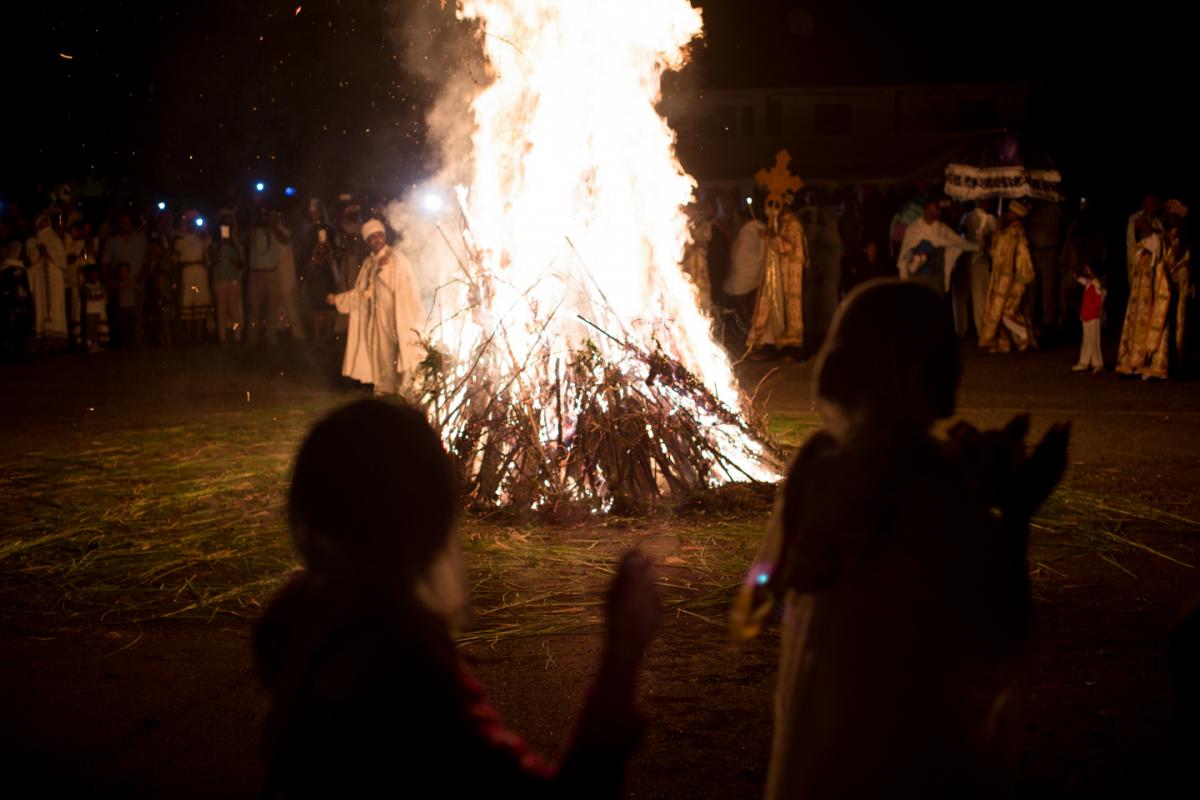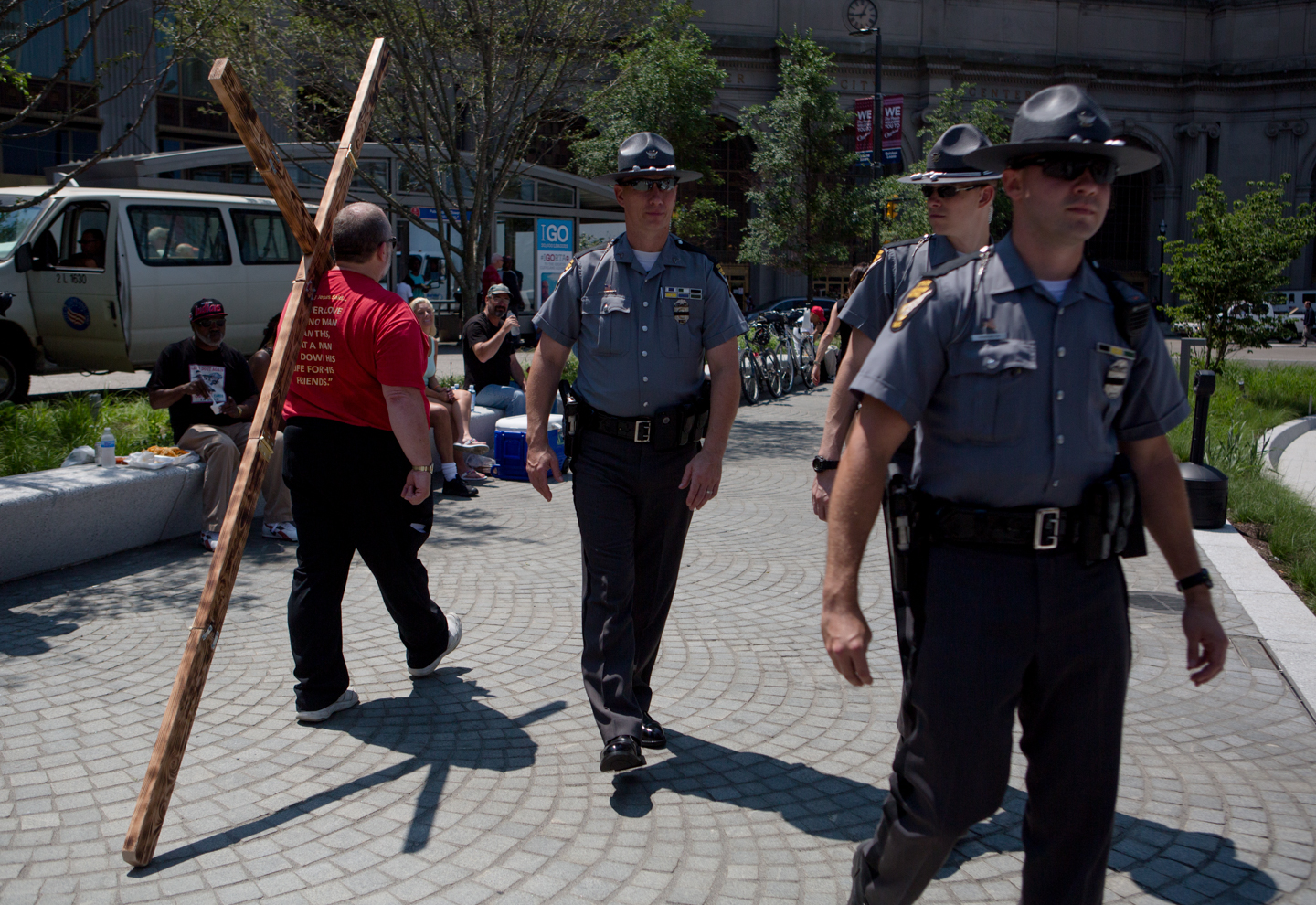Safe and Productive Field Research
This summer and fall, the ARSP staff have been working on revising the materials we provide to coordinators at sites that are joining the project, including our manual of best practices. The manual covers everything from the project philosophy to recording technology to strategies for introducing undergraduates to ethnography via sound. Alongside that, we’ve also given a lot of thought to the ethical implications of our work. One practical ethical concern we’ve been thinking about lately is how to ensure that our students have productive, safe learning experiences in the field. In this blog post, ARSP Project Coordinator Alison Furlong and Graduate Project Manager Caroline Toy talk about keeping fieldworkers safe.
Alison: Obviously, there’s a difference between keeping students safe and becoming paranoid or over-protective.
Caroline: Right, and there are limitations to what instructors can do when they aren’t present in the field, just as there are limitations to the help ARSP staff can provide instructors.
Alison: But there are some decent rules of thumb (maybe just “things to consider”) for helping students avoid risky situations, and teaching themselves how to extricate themselves when needed. And knowing how to recognize when a situation has taken a turn.
Caroline: Definitely. At OSU, our first consideration has typically been who is going to what. The most obvious examples are our protest recordings — those have been made by ARSP staff.
Alison: And those are pretty clear-cut cases where we should exercise caution. But I think part of the value of talking about this is that, even in 2019, we still don’t always conceive of religious practices (documenting them, participating in them, etc.) as being risky.
We should think of safety concerns in multiple ways: physical safety, emotional safety, integrity of the learning experience.
Caroline: Definitely. We should think of safety concerns in multiple ways: physical safety, emotional safety, integrity of the learning experience. And as we do that, we need to consider that different students will have different safety considerations — like when we think about physical safety, we wouldn’t send one recordist alone to an event at night where they might have to walk through an unsafe area, or when we think about emotional safety, we wouldn’t ask a Muslim student to cover an event where we could expect a lot of Islamophobic comments. We wouldn’t send a female-presenting student recordist to an event in a domestic home that would be all men, even if one of us would take on an assignment like that. So we’re making conservative decisions, more so than we might for ourselves.
Alison: And we also need to consider that different situations will require different strategies: safety concerns emerge in different ways in situations you might not think are unsafe — including issues like whether you have transportation home from a place, admissions requirements, exit strategies, time of day, public vs private spaces, and so on.
Caroline: I think “exit strategies,” broadly defined, are a useful way to think about it, because that encompasses all kinds of concerns someone might have.
Alison: Right — sending someone who doesn’t drive to, say, an event in a remote area leaves them reliant on whomever they can get a ride from.
Caroline: Yes, when I send students in my classes on other kinds of fieldwork projects, I always consider the gender breakdown of the group, whether they’ll be marked as “other” in unsafe ways where they’re going, whether they have transportation, and whether they have a cell phone. It’s really easy to assume they have a phone, but definitely not true for everyone.
Alison: Because of course if someone feels unsafe once they are on site, they aren’t going to get the most out of the learning experience — their brains can go into fight or flight mode.
We want the experience to be productive and that means being attentive but also feeling prepared.
Caroline: You’re exactly right about the fear. Like you said before, we don’t want to be paranoid or our recordists to feel uncomfortable. We want the experience to be productive and that means being attentive but also feeling prepared. Fieldwork can be a little nerve-wracking anyway the first time. Sending people in pairs really helps with that. It alleviates some safety concerns, and helps people feel like they’re not doing this type of unfamiliar work totally alone, with an audience of strangers.
Alison: As an instructor, the most important (and most difficult) thing for me was always remembering that, for lack of a better way to put it, my students weren’t me. I had a good 20 years on most of them, (not to mention that I am tall), had the privilege of being white, and have done this before. It’s tough to go back and remember all the mistakes you made when you were starting fieldwork, and acknowledging that your students may make the same (or new) mistakes. That’s part of how they learn, and we need to consider their safety as much as possible while they do that.
Caroline: Yes, it’s important to have a conversation as a class, or to facilitate conversations between fieldwork partners, about how to “do” during fieldwork. And it doesn’t have to be all about risk management; it can start out with etiquette and move into pointers for using your common sense if a situation turns out not to be what you expected. It’s important for us as people coordinating fieldworkers to remember that we can’t absolutely protect students. But we can equip them to make good decisions. That’s why we’ve written a new section in the manual on how to talk safety with your students, and also how to assign recordists to sites and events in ways that facilitate safe and productive learning experiences.
Alison: And we can make it clear that it’s always OK to rethink. A lot of students (particularly the super-driven ones) are worried enough about failing that they may be willing to stay in a risky situation because they fear getting a bad grade. We need to give them the option to change directions midstream, and make it clear that if they need to leave early, and then come to us, we can work with them to find a new site. There will always be other sites.
There will always be other sites.
Caroline: Yes, definitely. There are always other sites. If you’re an instructor working on the project, or on a project like this, have a couple of extra sites in your “back pocket” that you can switch to if your class seems a little less ready for events where they may need to be more aware of their surroundings, or if political or local situations change and make sites more fraught, or if it just plain doesn’t work. And if we want some more challenging sites and events, we can go and make those recordings ourselves. Although I should add we’re not expecting staff or site coordinators to go into massive political rallies, white nationalist protests, and stuff like that; we have that material on our site because staff have individually and collaboratively chosen to do those projects. Having safe and productive learning experiences should apply to everyone.
Alison: Absolutely! I have done fieldwork at far-right rallies, and I have the utmost respect for journalists who do that work regularly. And I also know that it is in the best interest of my mental health that I not do that kind of research all the time.
Caroline: Yes, we’ve been very careful with that. And those experiences have informed a lot of what we’ve said here — as have much calmer experiences, like going to a holiday music concert and having to walk around downtown late at night to get back to our cars, or just plain awkward stuff like showing up at a field site where your contact isn’t there and hasn’t told anyone else you’re coming.
Alison: Or you discover that your research site is in a cell phone dead zone. Or a holiday festival where setting off fireworks is traditional and so is drinking a lot first.
Caroline: So safety — on all those levels, physical, emotional, conducive to learning — is something we should be thinking about even if our instinct is “oh, it’s a church service, it’s no big deal.” Because we don’t know exactly what will happen, and we can’t know our students’ experiences and comfort levels. We can work with them to stretch their comfort levels and lean into being nervous, but it’s still complicated. We want to challenge them, send them to experience new things, have them doing original research and learning new skills. And on our end that takes good planning and good teaching before anybody goes “on assignment”. It takes a recognition that we’re working with adult learners, but we’re sending them into new situations, and they can use concrete tips to manage those situations.
Alison: Exactly. The more they know about the community, and the more they have planned out what they want to do, then the more flexible they will be able to be when the time comes.

(photos by Lauren Pond)



